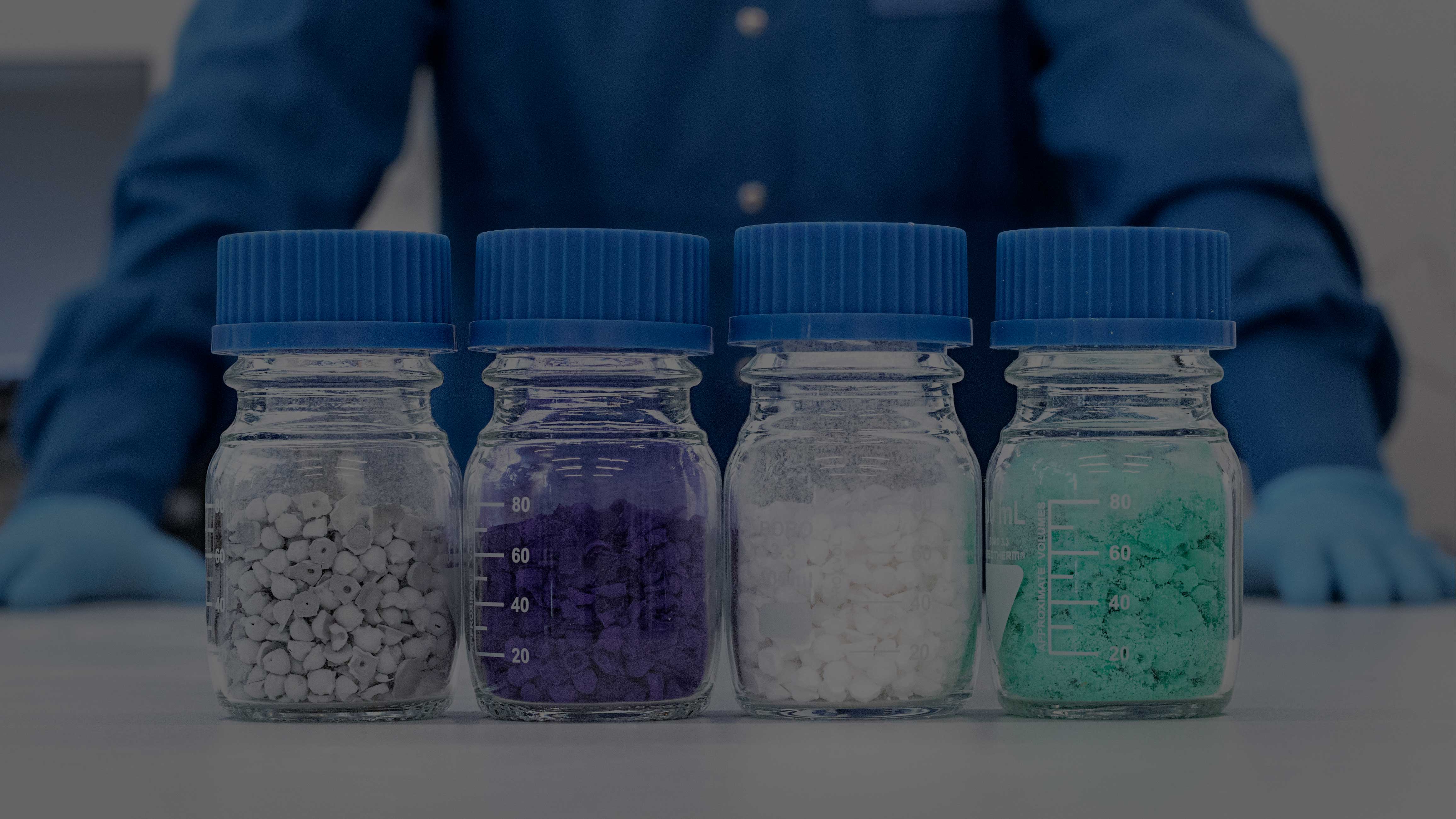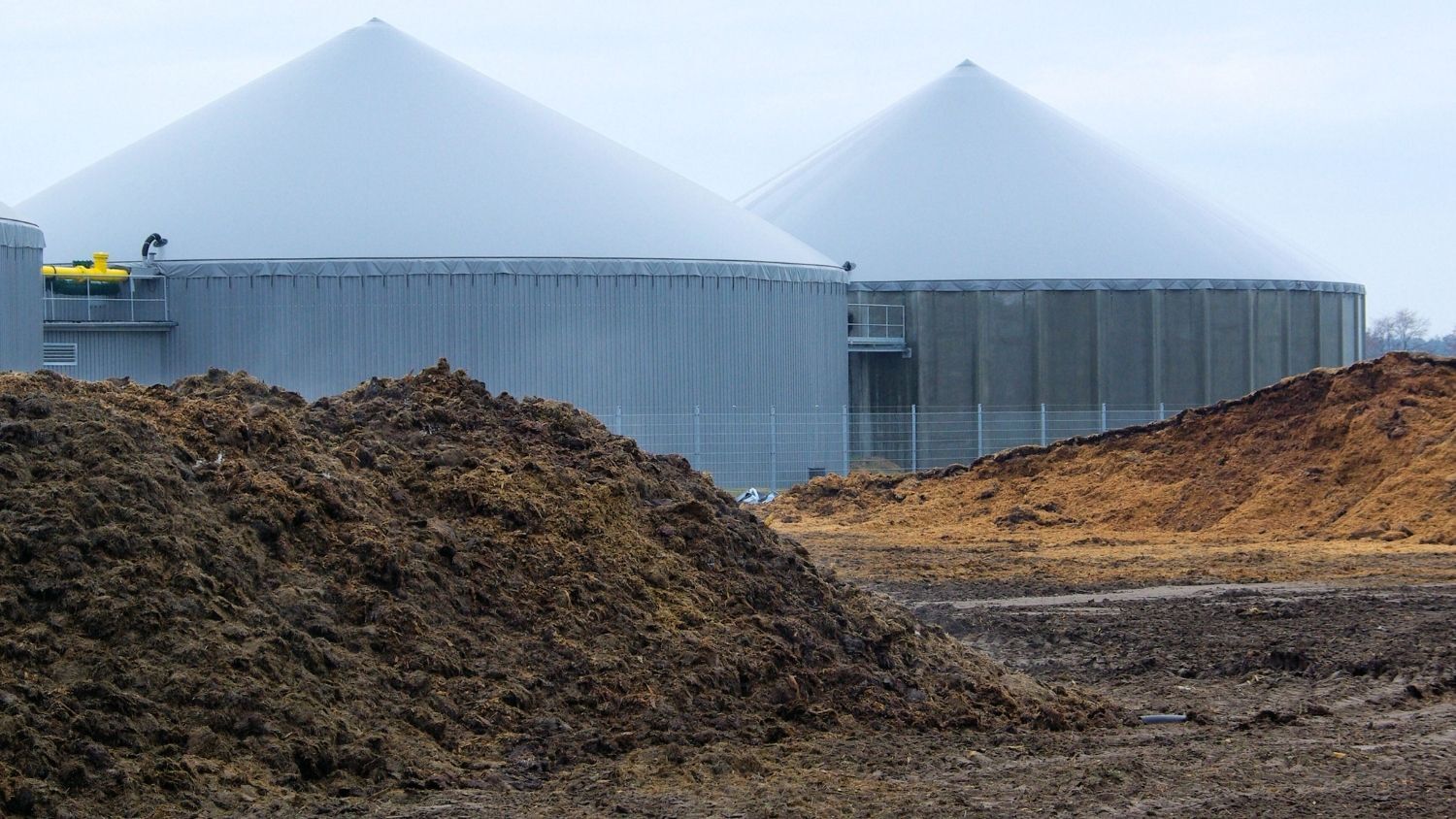The steel industry is one of the largest sources of CO₂ emissions, contributing up to 9% of global output, posing a major challenge in the fight against climate change. Among emerging solutions for carbon capture, Metal-Organic Frameworks (MOFs) have gained significant attention for their ability to selectively capture CO₂ thanks to their high surface area and tunable properties. Unlike conventional methods, MOFs offer a more efficient and potentially scalable approach to reducing emissions from high-temperature industrial processes. This article explores the growing relevance of MOF-based CO₂ capture for the steel industry, highlighting its potential to support deep decarbonization and enable more sustainable steel production.
The Carbon Capture Challenge for the Steel Industry
Many of the CO₂ emissions in steel production are process-inherent, meaning they cannot be eliminated through electrification or fuel switching alone. For instance, CO₂ is released during the chemical transformation of calcium carbonate (CaCO₃) into lime (CaO) in kilns and from the reduction of iron ore (Fe₂O₃) to iron in blast furnaces. These unavoidable emissions make carbon capture essential. Compounding this challenge, CO₂ emissions now have direct financial consequences under regulatory frameworks. These carbon-related policies place a price on emissions, making it increasingly costly for steel producers to operate without effective carbon management solutions.
Why the Steel Industry Is an Ideal Target for Carbon Capture?
One of the most compelling technical reasons for targeting the steel sector is the nature of its flue gases. In particular, blast furnace gas (BFG) — a by-product of the reduction of iron ore with coke — exits at moderate temperatures (typically 100°C to 400°C) and contains a relatively high concentration of CO₂ (20–25%) along with large amounts of CO, N₂, and smaller fractions of H₂ and water vapor. Such conditions make it highly suitable for post-combustion or pre-combustion CO₂ capture.
Several key pieces of equipment in steel plants are responsible for the bulk of CO₂ emissions. The blast furnace is the most significant contributor, due to the direct combustion of coke and the reduction reactions that release CO₂. The sintering plant and lime kiln also emit large volumes of CO₂, both from fossil fuel combustion and the decomposition of carbonates. The basic oxygen furnace (BOF) generates moderate emissions during the conversion of hot metal to steel. If used, the electric arc furnace (EAF), used primarily for recycling scrap, emits less, mainly depending on the carbon content of the input and the source of electricity. Coke ovens, direct reduced iron (DRI) units, and on-site power generation systems round out the major emission sources, varying in their output but collectively contributing to the sector’s substantial carbon footprint.

This concentration of emissions from identifiable and centralized sources makes the steel industry not only a significant challenge for decarbonization but also a strategic opportunity for deploying scalable carbon capture technologies.
Complying with Climate Regulations and Industry Commitments
The steel industry is under increasing pressure to decarbonize, not only due to environmental responsibility but also because of intensifying regulatory and market forces. Policies like the EU Emissions Trading System (ETS) and the Carbon Border Adjustment Mechanism (CBAM) are reshaping the economics of steel production by assigning real costs to carbon emissions. Similar measures are being implemented or strengthened in other major markets, signaling a clear shift toward a carbon-constrained global economy. For steelmakers, non-compliance can result in higher operating costs, reduced competitiveness, and barriers to international trade.
At the same time, leading steel producers are publicly committing to science-based climate targets and net-zero strategies, aligning themselves with the goals of the Paris Agreement. These pledges require more than marginal efficiency improvements—they demand deep decarbonization of core industrial processes, including those that generate unavoidable CO₂, such as blast furnace operation and lime production. In this context, scalable carbon capture technologies like MOFs are not just an option—they are an essential part of the decarbonization toolkit. By enabling compliance with both external regulations and internal climate commitments, MOFs support a future-ready steel industry that is both environmentally responsible and economically resilient.
MOF-based Capture Systems
Relevant features of MOFs include their good performance and their ability to regenerate at relatively low temperatures (~90°C). This is a perfect match for the low-grade waste heat that is widely available in integrated steel plants. Instead of requiring additional fuel or electricity for thermal regeneration, as amines do, MOFs allow for efficient energy integration, further enhancing the overall sustainability and cost-effectiveness of the capture process. Together, these features make MOFs a powerful solution tailored to the real-world conditions of steel production.
MOFs have a series of advantages over conventional capture technologies, such as amines:
- Lower energy requirements
- Simplified infrastructure
- Compact and modular design
- Lower degradation rates
- Reduced use of solvents
These features translate into lower capital expenditures (CAPEX) and reduced operating expenses (OPEX), making MOFs an attractive option not just technically, but financially.
Green steel is crucial for the future of the steel industry as it enables significant reductions in CO₂ emissions, essential for meeting global climate targets.
Downstream sectors—especially automotive, construction, and consumer goods—are increasingly demanding low-carbon steel as part of their own sustainability goals. Automakers like Volvo and Mercedes-Benz, for instance, have already begun sourcing "green steel" to decarbonize their supply chains. By adopting low-carbon technologies and carbon capture systems, steelmakers can enhance brand value, meet ESG goals, and ensure long-term resilience in a low-carbon economy.
By investing in MOF-based capture systems, steelmakers can position themselves at the forefront of the growing green steel market, attracting customers, partners, and investors who prioritize sustainability and emissions transparency. With growing momentum toward net-zero steel and rising demand for low-carbon materials, MOF-based carbon capture is not just a technical innovation, it’s a competitive necessity. For steelmakers seeking a practical pathway to cleaner operations, MOFs represent a powerful tool in the fight against industrial emissions.
Interested in MOFs? Reach out to us to know more about CO2 capture solutions.




.jpg)
